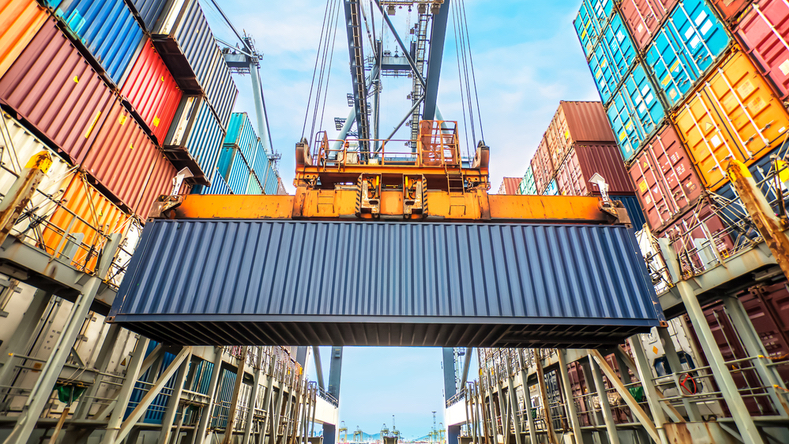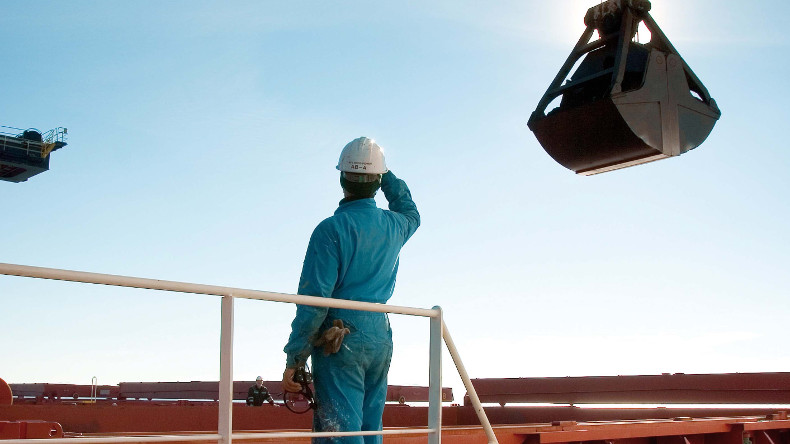Weekly Briefing: Shanghai leads port list; crude fleet growth; decarbonisation timelines
There were few surprises in the latest Lloyd’s List Top 100 ports rankings, while reduced services and fewer containers handled has not impacted on major carriers’ financial results
China remains the dominant player in the containers market, new port rankings from Lloyd’s List show, while the crude tanker fleet will see accelerated annual growth over the next five years. Meanwhile, the fallout from the Wakashio grounding off Mauritius continues
THIS weekly briefing provides sector-by-sector coverage of the biggest news and analysis in shipping.
Follow the links within the text to the relevant news items in each market segment.
Containers
The past week has seen the publication of the latest edition of the Lloyd’s List Top 100 Container Ports, the annual ranking of the leading box hubs.
There were few surprises in the rankings last year, and China remains dominant as the home to the majority of the leading container ports. Volume growth during 2019 was nothing spectacular, but in retrospect will look like a bumper year after the reckoning of 2020.
Much has been made of the ability of container lines to match capacity to demand during the pandemic crisis. By removing tonnage and blanking services, lines avoided seeing rates plunge along with demand.
It was a successful strategy that has been reflected in carriers’ second quarter results. Despite the worst slump in volumes since the global financial crisis, container lines have had a profitable quarter.
The same cannot be said for terminal operators, who, unlike the container lines have fixed assets and capacity, and who cannot switch off the tap as demand falls. While they also have fewer concerns about falling rates, the decline in the number of ships calling and containers handled does hit their bottom line.
Nevertheless, ports are a long-term investment, as evidenced by moves by both Hutchison and Cosco’s ports division.
Hutchison has entered into a 38-year concession agreement with the Egyptian Navy that will see the two parties develop a new deepwater terminal inside the Aug Qir naval base, on the country’s Mediterranean coast.
This will be the Hong Kong-based company’s third facility in Egypt, and the operator hopes to benefit from a strong rebound from the pandemic in the years ahead.
COSCO Shipping Ports has also pledged to continue its expansion strategy, despite lower handling volume amid the coronavirus disruption.
The pandemic, it said, could even lower asset prices, making deals more attractive.
Meanwhile, geopolitics could provide a greater hurdle than the pandemic for the expansion plans of another Chinese port player.
China Merchants Ports’ plans to acquire stakes in 10 terminals from CMA CGM may have hit rough water amid ongoing territorial disputes between China and its neighbours Vietnam and India countries, which seem to have escalated recently amid rising geopolitical uncertainties catalysed by the coronavirus backdrop.
Tankers
A huge orderbook and a young average age of vessels will drive an increase in the size of the crude tanker fleet through to 2024, according to Lloyd’s List Intelligence.
The crude fleet is forecast to grow by an additional 98m dwt to 2024, or 23%, according to the latest Lloyd’s List Intelligence Shipbuilding Outlook. During the 2015-2019 period, fleet growth was 22%, or 76m dwt, which corresponds to 4.1% growth on average each year.
The average age of the crude oil carrier fleet is 10.8 years with the VLCCs being less than 10 years old on average. “This compares very well with all other shipping segments and crude oil carriers, as a fleet, are the youngest,” Lloyd’s List Intelligence said. “Given the low average age of the fleet, removals will continue to be modest from the crude oil tanker fleet.”
The data shows the crude tanker fleet currently at 2,225 crude oil carriers, or 429m dwt, of which 254m dwt is on 823 very large crude carriers.
The first crude exported from Libya’s Marsa el Brega port since January sailed last week, with a second ship loading at the port.
The 42,721 dwt chemical tanker Valle di Siviglia loaded a condensate cargo from Marsa el Brega last week and is now signalling its next destination as Sarroch, Italy, the biggest importer of Libyan energy commodities.
The second tanker, Greece-flagged,115,838 dwt Aegean Myth arrived on August 31 at the eastern port. It was reported that suezmax tanker Episkopi with Aegean Myth shipped crude from onshore tanks to free up space, rather than sourced crude from new production.
The resumption of shipments at the terminal is destined to be short-lived as oil production is again halted, amid further internal unrest. That will further depress the market for tankers deployed in cross-Mediterranean routes, where earnings this week dipped to the lowest since June 2018.
A PDVSA-operated very large crude carrier being used for floating storage is reported to be in danger of sinking in the Gulf of Paria off Venezuela.
It is reported to be listing, with the lower deck equipment under three metres of water. The 207,700 dwt, 2005-built Nabarima (IMO: 9316567) has approximately 1.3m barrels of oil on board and is in danger of sinking, Lloyd’s List Intelligence reported.
Finally, Maesrk Tankers has issued a plea calling on “responsible governments” to provide urgent humanitarian assistance and provide safe disembarkation for 27 migrants rescued in the Mediterranean by one of its vessels four weeks ago.
The vessel Maersk Etienne became involved with the rescue mission following a request from Maltese officials on August 4. Malta has since refused to allow the vessel to dock at any of its ports.
Dry bulk
In what has been a torrid time for Mauritius in the wake of the Wakashio grounding and subsequent fuel oil spill, a number of deaths were reported after a tugboat pulling a barge from the broken bulker collided with each other in stormy weather.
Mauritians have been calling for better protection of their waters following the capesize incident from five weeks ago, asking to extend the boundary of its territory beyond the 12 nautical miles stipulated in UNLCOS.
They are also calling for designation of high-risk areas as “Particularly Sensitive Sea Areas” which have special protective measures. The IMO held a sub-regional training workshop on the island in 2017 to raise awareness.
While Wakashio’s bow was scuttled, focus has turned on the stern, and the authorities have set a deadline for its removal by November, before the onset of the cyclone season.
In other news, Berge Bulk’s chief executive James Marshall spoke to Lloyd’s List about reaching carbon neutrality by 2025, earlier than the industry’s goals. He is even considering the nuclear option for zero emissions, along with other technologies such as wind, solar or carbon capture.
Japanese firms have actually joined forces to trial carbon capture technology in a two-year project which will test a small-scale demonstration plant installed onboard a vessel.
Meanwhile, Eastern Pacific, a Singapore-based shipping company, has exited the handysize sector with the sale of its last three vessels as it focuses on the larger segments such as capesizes/very large ore carriers.
Grain trades are buoying the panamax and supramax market injecting life into an otherwise dull dry bulk market. The surge in grain shipments has more than doubled the freight rates for both the segments in the first half of the year with total agricultural export volumes being solidly higher.




